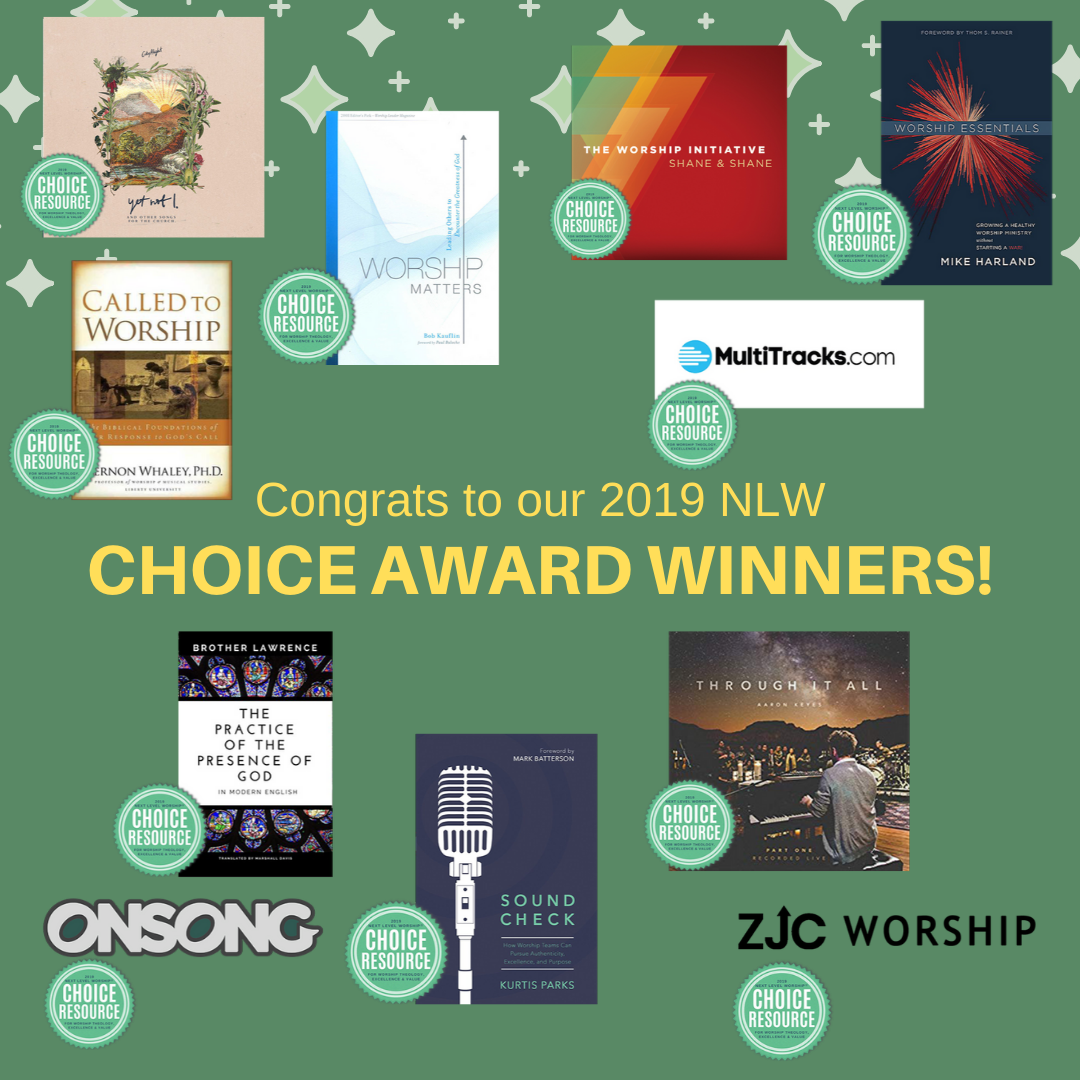To Every Generation: The Importance of Inter-Generational Worship, Part 2
“One generation shall commend Your works to another, and shall declare Your mighty acts.” – Psalm 145:4
Guest Post by Matthew Price, Part 2 of 3
New Signs
“But that was the Old Testament, that was a different time… what could that possibly have to do with New Testament Church?” You may be asking these questions, but let me pose one back. If these things were true of the Old Covenant people of God, how much more true are they of the fulfillment of that type in the New Covenant people of God, the Church? Indeed, God has also given us signs and seals of the New Covenant that not only correlate to, but also complete the signs of the Old Covenant.
Just like the Old Covenant people of God, the Church is an “assembly,” a “congregation,” a “gathering” of people. It is quite obvious that this gathering will include people from every nation, language, and walk of life. But we do not often stop to consider that this great assembly includes people from every generation. While the Church universal is the whole of the Body of Christ worldwide, the local church is to be a microcosm, a part of the whole of that entity. In the local church, we come together to worship God with all the saints who have gone before, to glorify the risen Christ with all the hosts of Heaven, and to lift up the Triune deity with all the believers on earth (Heb. 12:18-29). This is an immense and cosmological sign of the importance of togetherness.
But what are the “signs,” the “memorial stones,” of the New Covenant? Well, they are two, Baptism and the Lord’s Supper. Both of these signify the immensity of the gospel and both also speak to the importance of the unity of the local church in togetherness. Baptism is spoken of in terms of unity in Paul’s letter to the Ephesians. In a section dedicated to the importance of the unity of the Body, Paul cites our common baptism as a means of that unity, “one Lord, one faith, one baptism” (Eph. 4:4). In Baptism, we publicly identify with our profession of faith and repentance in Jesus, we identify ourselves with the local church, and we pledge our “vows” not only to God in faithfulness to the gospel, but to our witnesses in faithfulness to the Body. In this way, Baptism makes public and corporate the conversion of the individual, which by nature is private and personal. Though both are vitally important individually, they should never be separated.
Likewise, the Lord’s Supper or the “Eucharist,” speaks a great deal concerning the unity of the Body of Christ. In a direct conversation about unity in the Body, Paul cites the celebration of the Lord’s Supper as an illustration saying, “Because there is one bread, we who are many are one body, for we all partake of the one bread” (1 Cor. 10:17). By it’s very nature, as one meal with one bread and one cup, the Lord’s Table goes beyond a mere individual sign of faith and devotion and points to something deeper, the unity of the Body through the sacrifice of Christ.
But these signs are not to be separated from the central aspect of the corporate worship gathering, the preaching of the Word. Just as the story of Joshua and the memorial stone makes clear, the physical signs are to be accompanied by the teaching or preaching of the Word. Joshua does not establish the memorial stones nor is any other sign of worship in the Old Testament established as an end in itself. The purpose of the signs, both Old and New, is to cause people to ask, “what do these stones (signs) mean to you?” In other words, the signs of the New Covenant, Baptism and the Lord’s Supper, rightly accompanied by the preaching of the Word, are to serve as means of communicating God’s faithfulness from generation to the next. These signs are the sine qua non of New Testament worship, without them, there is no true church and hence, no true worship. If these signs are intended to communicate God’s truth to God’s people across generational lines, then we must see that that intention itself is also indispensable to New Testament worship.
Related:





Leave a Reply
You must be logged in to post a comment.